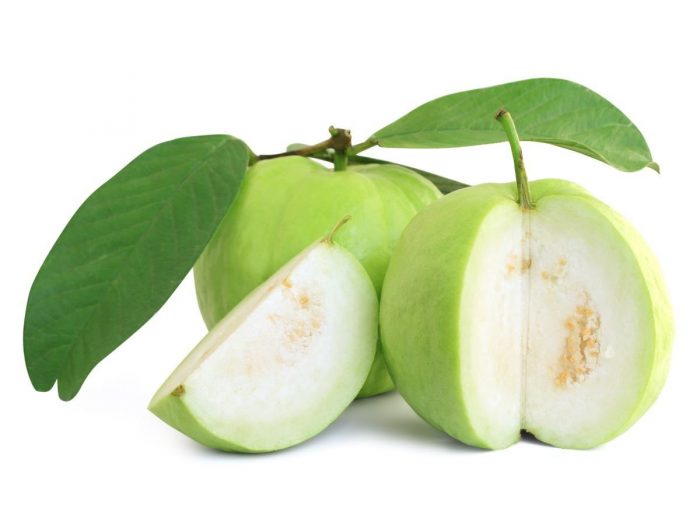Prized for its fruit and ornamental value, the calamansi (Citrofortunella microcarpa) is one of the most important citrus species in the Philippines. Its potential lies in its varied uses. Once familiarity of the fruit is established in other countries, the scope for increasing export and production is large.
Calamansi can be used for medicinal purposes. Rubbing the juice on insect bites eliminates itching and irritation. It is taken orally as cough remedy, as a laxative to loosen the bowels, and is combined with pepper to expel phlegm. The roots are used for treatment at childbirth and leaves to cure gas pains. Calamansi is also popular as a potted ornamental plant.
Planting/Transplanting. Sow seeds in a seedbed, 1-2 cm apart at a depth of 1cm. transplant to individual containers after four to five months when seedlings are 10-15 cm tall. Field planting should be done during the rainy season. Set the plants at a spacing of 4-6 m apart.
Irrigation. Irrigate during the first dry season after which the trees may depend entirely on rain for their water requirement. If early of-season flowering is desired, heavily water the trees one to two months before normal flowering time. Commercial orchards may employ a drip irrigation system.
Fertilization. During the first year, apply urea at 50-100 g/tree and 200-300 g/ tree during the second year. In the third year when the tree starts bearing fruit commercially, apply 350-400 g complete fertilizer/tree. Correspondingly increase the amount as the tree gets older. Evenly distribute the fertilizer in two applications, one at the onset of the rainy season and another towards the end of the rainy season.
Pruning. Remove diseased, dead interlacing branches.
Pest and diseases. The common pest of calamansi is the fruit fly. The most serious disease is leaf mottling which is transmitted by the insect carrier, Diaphorina citri better known as citrus psylla or jumping plant lice. As a preventive measure, use certified disease-free planting materials and spray trees regularly with an insecticide. Totally remove and burn infected trees.
Though fruits are available throughout the year, the peak season is from August – October.
Harvest fruits by hand or by clipping with shears.
Pack calamansi fruit in kaings or bamboo baskets lined with banana leaf sheaths or newspaper.
The fruit will keep in good condition for two to three weeks at 8?-10?C and 90% relative humidity.
Reference: Philippine Council for Agriculture, Forestry and Natural Resources Research and Development (PCARRD)


